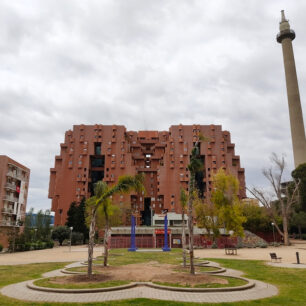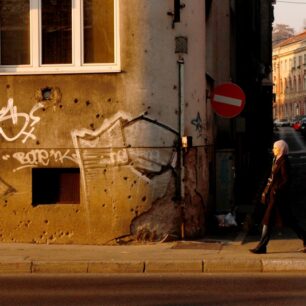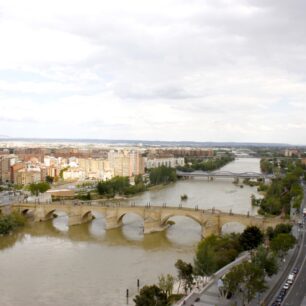A Morning Inside a Living Artwork
This visit to Park Güell marks the first article in my new series exploring Antoni Gaudí’s masterpieces in Barcelona — a journey through art, color, and imagination.
When I entered Park Güell, it felt like stepping into a fairytale. The morning sun reflected off thousands of colorful ceramic pieces, birds sang from the trees, and every curve seemed alive. It was not just a park; it was a dream built from nature and creativity.
Gaudí’s vision was to create a place where architecture and nature could exist together — and here, he succeeded completely.
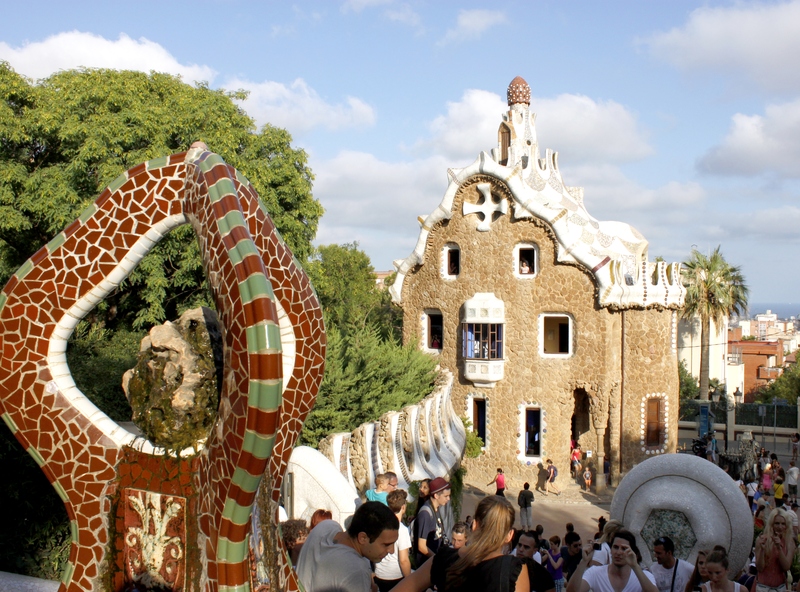
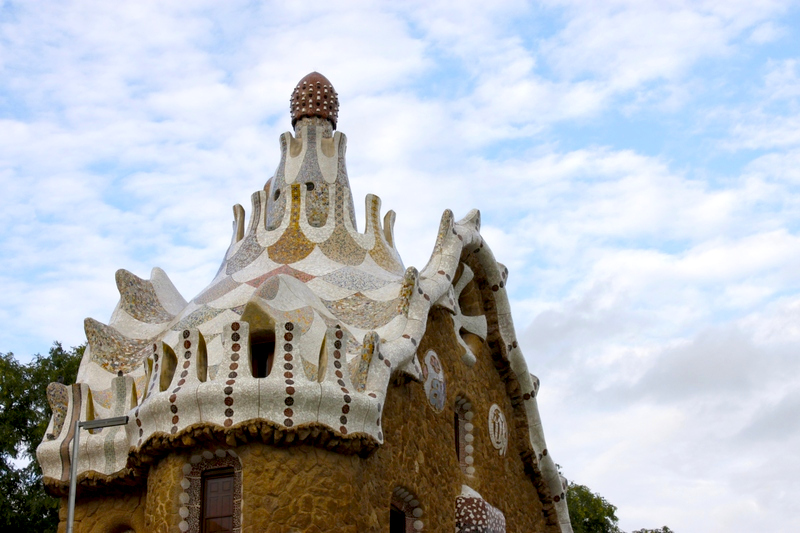
A Short History of Park Güell
Park Güell was designed by Antoni Gaudí between 1900 and 1914. It was originally meant to be a private residential garden for the wealthy, planned by Gaudí’s friend and patron Eusebi Güell. The idea was inspired by the English garden city movement — that’s why it’s called a “Park.”
However, the project didn’t go as planned. Only two houses were ever built, and no buyers came. In the end, the city bought the land, and in 1926, Park Güell became a public park.
Today, it’s one of Barcelona’s most famous attractions and a UNESCO World Heritage Site, loved for its unique mix of art, architecture, and nature.
Exploring the Highlights of Park Güell
Every corner of Park Güell has its own magic. Here are the main parts you shouldn’t miss:
The Entrance and the Dragon Staircase
The first thing you’ll see are two fairytale gatehouses that look like gingerbread houses. Right in front stands the park’s most famous symbol — the colorful mosaic dragon, also known as El Drac. People say touching it brings good luck!
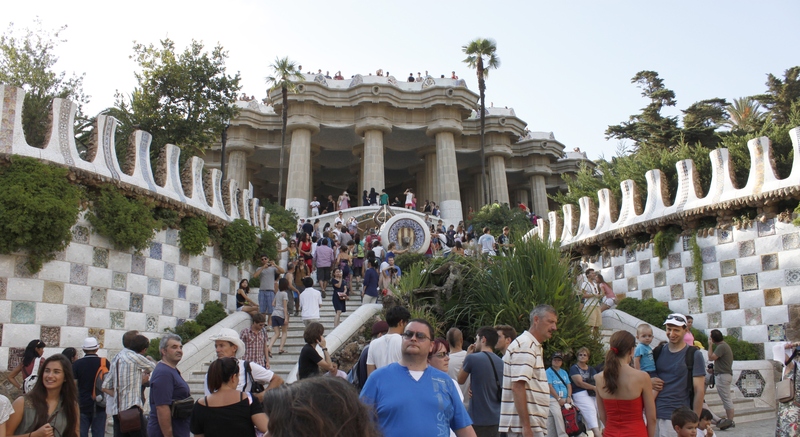
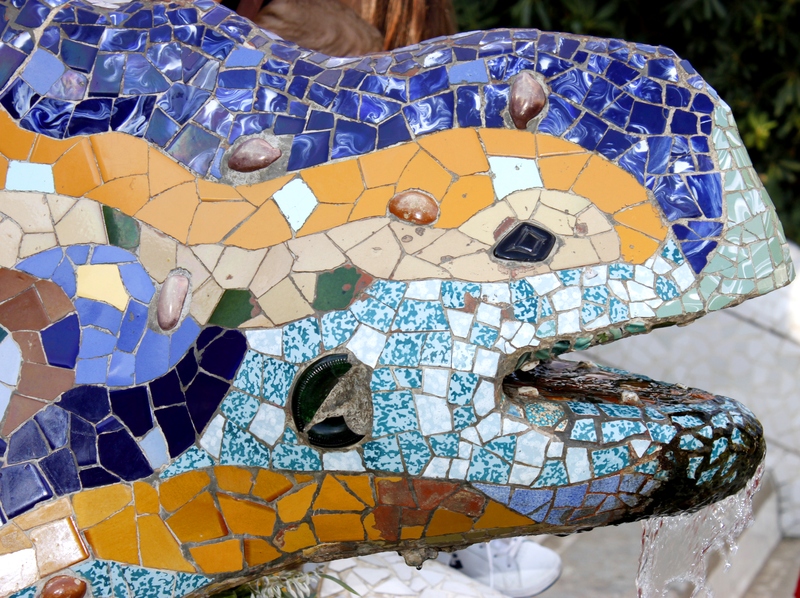
The Hypostyle Room
Climb the grand staircase and enter the Hypostyle Room, with its 86 stone columns. The ceiling is covered in beautiful mosaic circles made from broken tiles — a perfect example of Gaudí’s idea of recycling art.
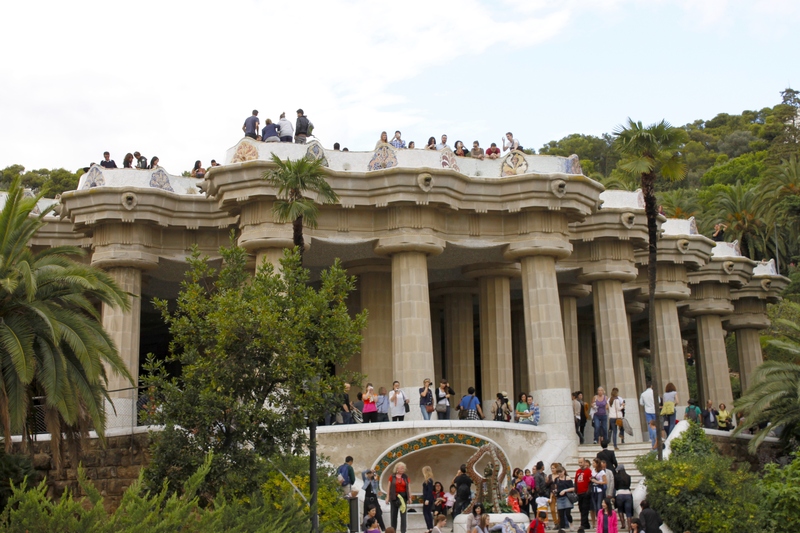
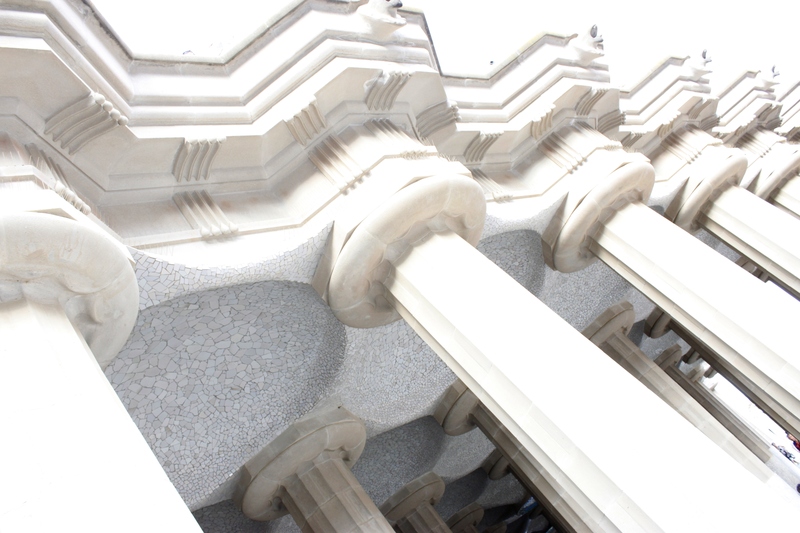
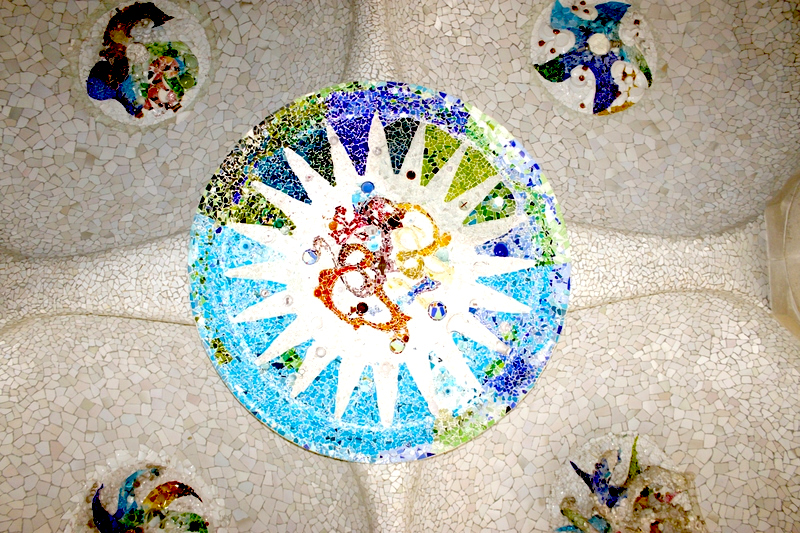
The Nature Square (Main Terrace)
Above the columns, the large open terrace offers one of the best panoramic views of Barcelona. The long, curvy bench around it is covered in colorful ceramics and shaped to fit the human body comfortably. It’s a great place to sit, breathe, and enjoy the view.
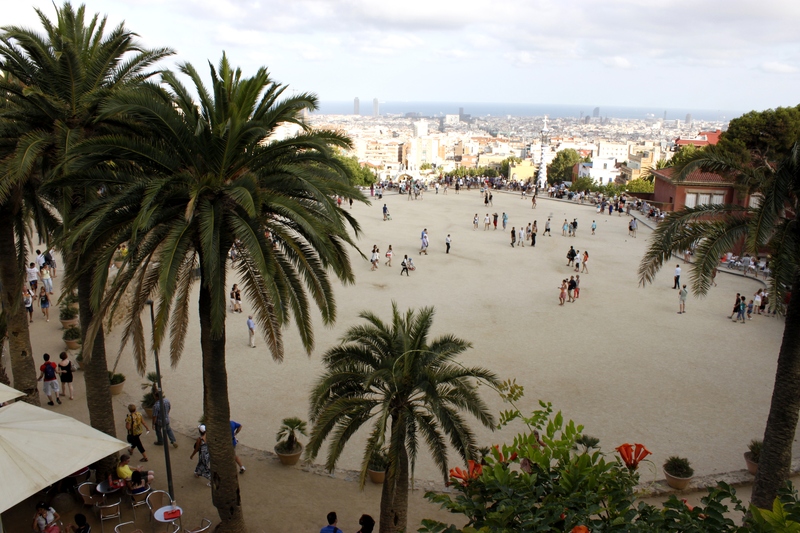
The Viaducts and Paths
Gaudí designed several stone viaducts, bridges, and paths that blend with the natural hills. Walking here feels like hiking through an art gallery made of rocks and plants.
But be ready — it’s a long walk, especially if you explore the upper part of the park. Bring water, wear comfortable shoes, and take your time.
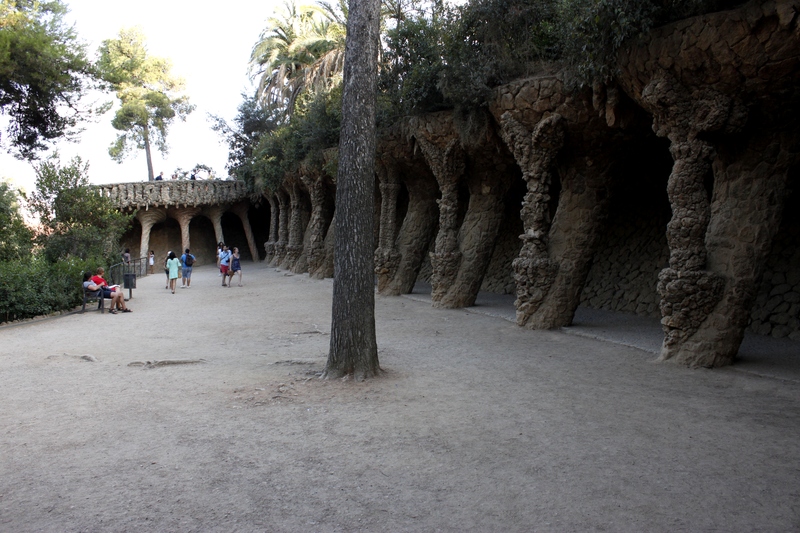
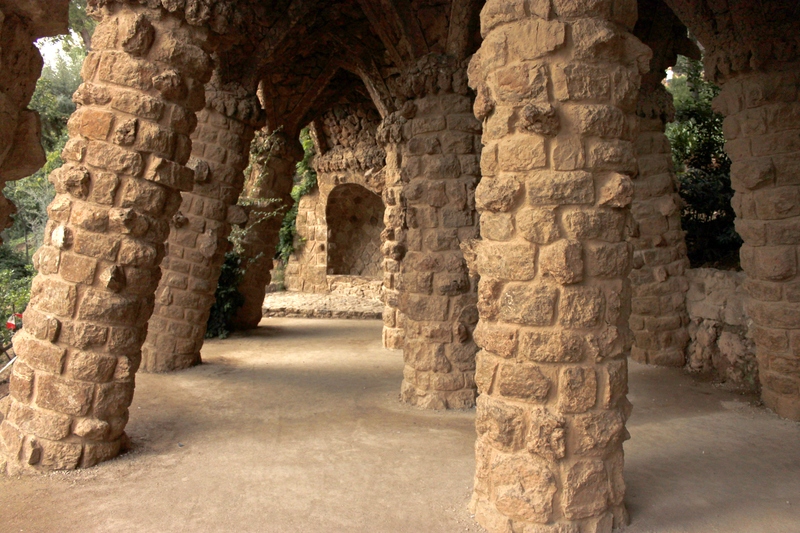
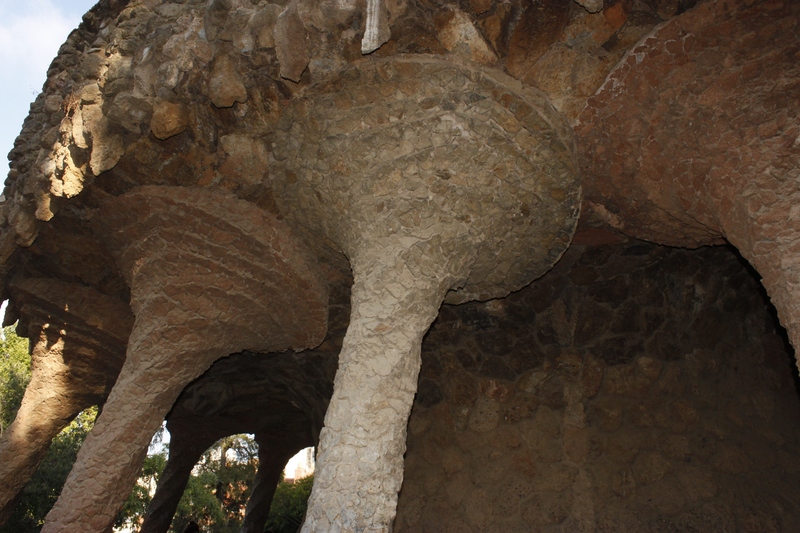
Gaudí House Museum
Inside the park, you’ll find the house where Gaudí lived for nearly 20 years. It’s now a museum showing his furniture, sketches, and personal belongings. It gives a touching look at the life behind the genius.
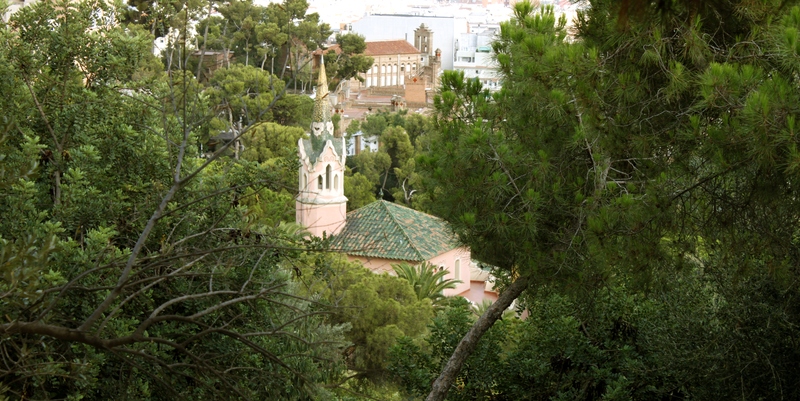
A View into Local Life: Ocupa y Resiste
Just below the park, near one of the back entrances, you can see an old house known as “Ocupa y Resiste.” It’s an example of Barcelona’s social movements — an okupa (or squat) where activists live as part of the city’s independent culture. You can’t enter, but it’s interesting to notice how the modern world and Gaudí’s art exist side by side. It adds another layer to the story of this neighborhood.
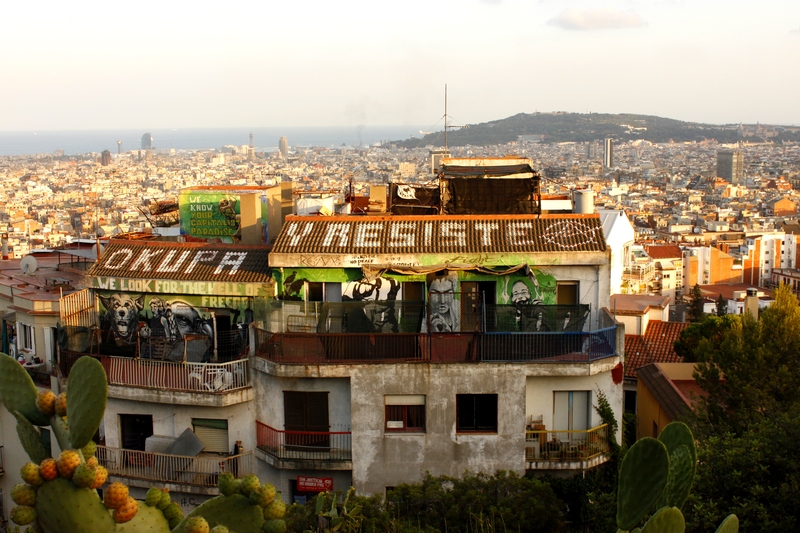
How to Get There
Park Güell is located on Carmel Hill, in the Gràcia district of Barcelona. It’s not in the city center, so you’ll need to plan your visit carefully.
- By Metro: Take Line 3 (Green Line) to Lesseps or Vallcarca. From there, it’s about a 15–20-minute uphill walk.
- By Bus: Lines 24 or 92 take you close to the park and are a good option if you want to avoid the climb.
- By Taxi: A comfortable choice, especially if you travel with family or visit in the summer heat.
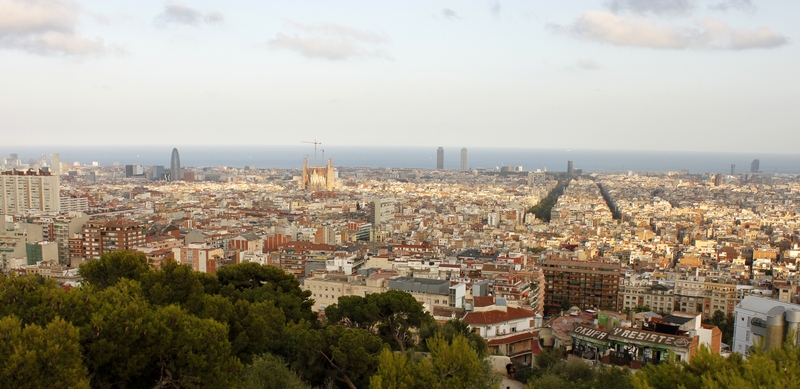
Tickets and Entry Tips
The park has two areas:
- Monumental Zone – where all the famous mosaic works are. Ticket price is usually around 10–12 euros, and it’s better to book ahead.
- Free Zone – the outer gardens, open to everyone.
There are restrooms, drinking water fountains, and small souvenir stalls near the entrances. Remember: tickets sell out fast during summer!
Practical Advice for Travelers
- Watch out for pickpockets. Like most popular tourist spots in Barcelona, Park Güell can attract pickpockets. Keep your belongings close and use a bag that closes securely.
- Prepare for walking. The park is large, with many stairs and hills. Wear comfortable shoes and bring water, especially on sunny days.
- Go early or late. The best light for photos is in the early morning or late afternoon. Midday can be very crowded and hot.
Hidden Gems and Fun Facts
- Mosaic Magic: Gaudí used pieces of broken tiles from local factories, creating his famous trencadís technique — a form of recycled mosaic art.
- Natural Design: The park’s shapes are inspired by waves, trees, and mountains. Gaudí believed straight lines didn’t exist in nature, so he avoided them in his work.
- Local Musicians: Sometimes, you’ll hear live guitarists playing under the Hypostyle Room — their music echoes beautifully under the stone ceiling.
- Lizard Legends: Locals say the dragon guards the park and protects it from bad luck!
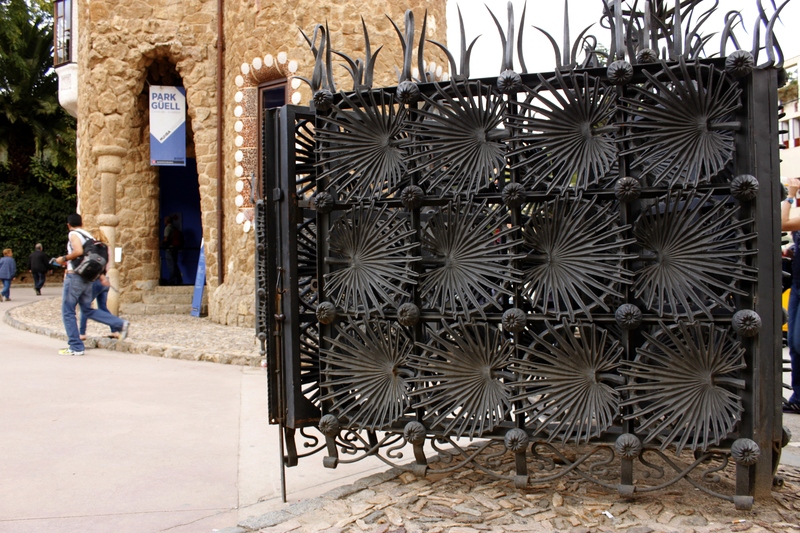
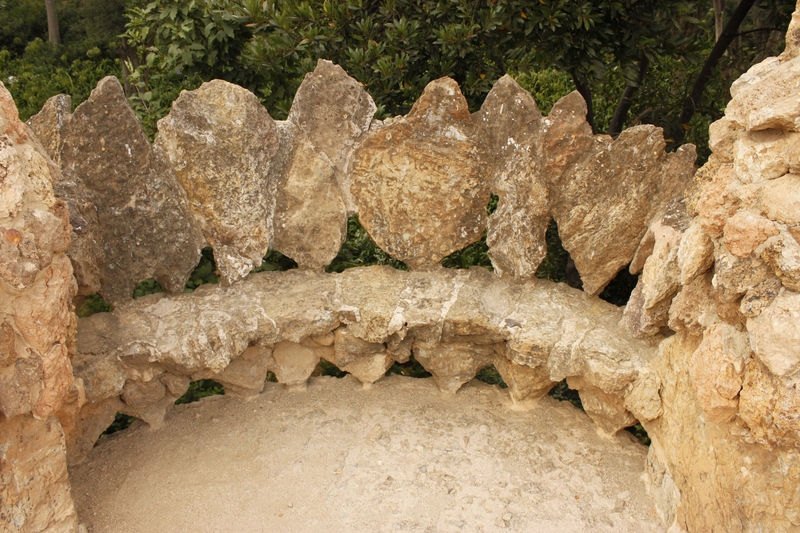
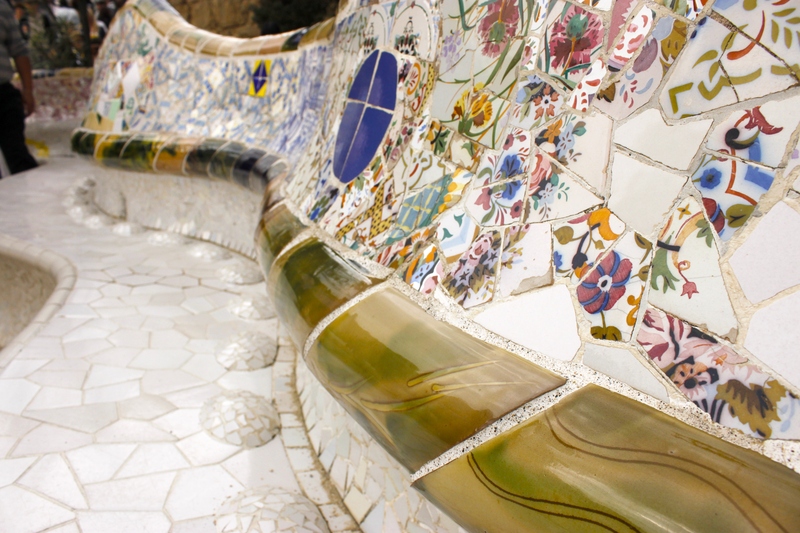
Food and Nearby Spots
There are no large restaurants inside Park Güell, but nearby you’ll find small cafés and bakeries in the Gràcia neighborhood. It’s one of the most charming areas in Barcelona, full of life, local art, and cozy squares.
Try local treats like ensaimada, churros con chocolate, or coca de crema after your visit — a sweet reward for your walk!
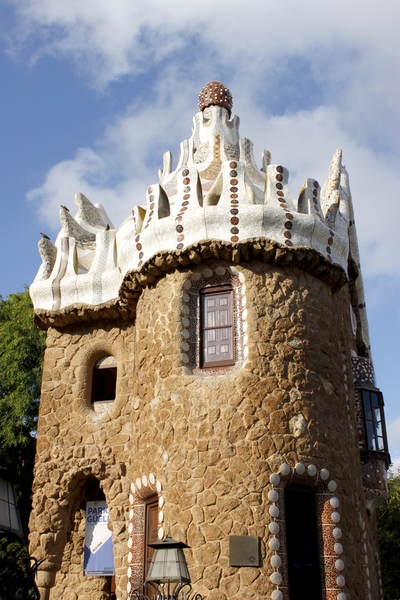
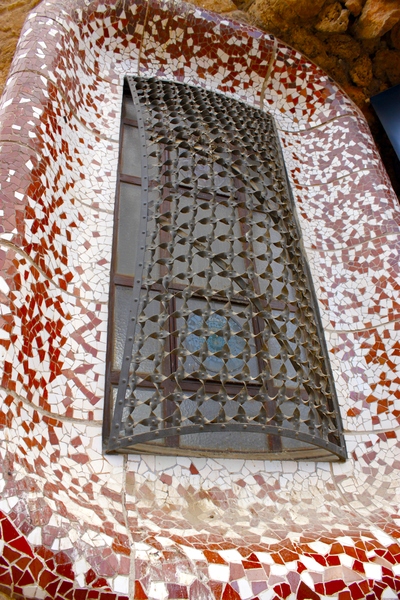
Final Thoughts
Visiting Park Güell is like walking inside Gaudí’s imagination. It’s colorful, playful, and full of surprises — a place where art and nature live in perfect balance.
As the first stop in my journey through Gaudí’s works in Barcelona, it reminded me that travel is not just about seeing places, but about feeling their spirit.
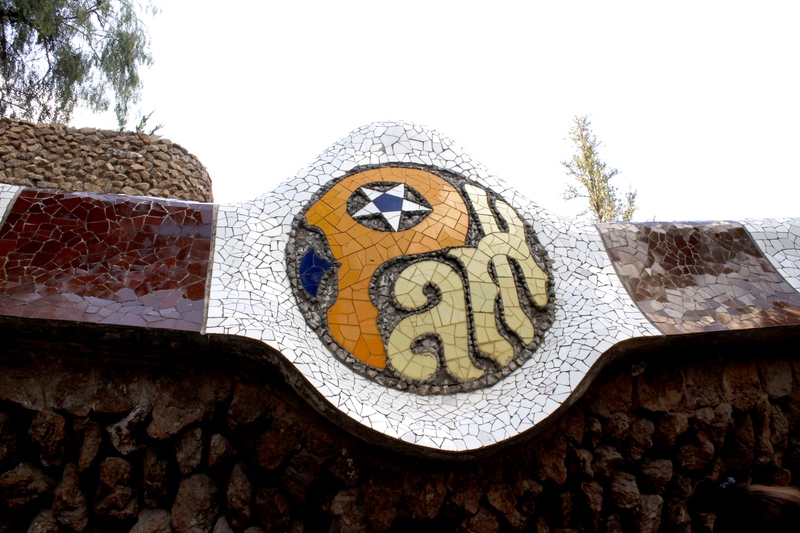
Let the world guide your footsteps and your soul dear travelers!



